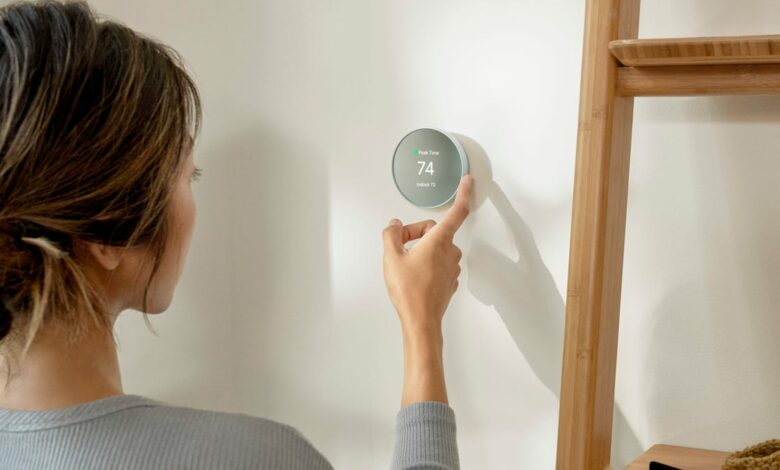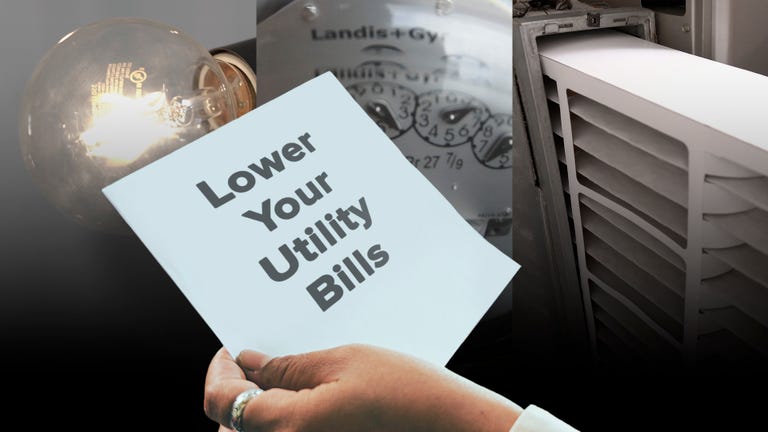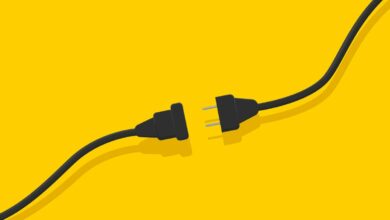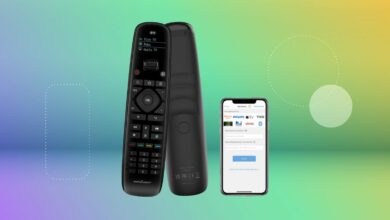Want to reduce your energy bill by 10 percent? Set your thermostat to these temperatures



We are in the midst of a massive summer heat wave – Monday, July 22nd was the hottest day in recorded history, and Almost broke that record on TuesdayAll that summer heat means you need more air conditioning – and that means higher electricity bills.

If you want to save money on your energy bill this summer, optimizing your air conditioning is essential. Adjusting your thermostat can ultimately save a large portion of your monthly electric bill, especially if you set it to the optimal temperatures for warm summer weather.
Below, we outline the best temperature to set your thermostat to save energy in summer and winter. We’ll explain why it works to manage your home’s climate more efficiently, and share a few bonus thermostat tricks and heating habits to reduce your overall consumption.
Find out what the numbers on your energy bill mean and discover more ways to save money on your energy bill this summer.
What is the optimal temperature to set your thermostat in the summer?
According to the US Department of EnergyThe best technique for staying cool and still minimizing utility costs in the summer is to keep your home warmer than normal when no one is home, and then set the temperature as high as possible when you are home. Energy Star, a program of the U.S. Environmental Protection Agency and the U.S. Department of Energy, suggests keeping homes at 78 degrees Fahrenheit during the day when you are home.
It also suggests setting the thermostat to 82 degrees Fahrenheit while sleeping and 85 degrees Fahrenheit when you’re away from home for maximum savings; recommendations that were made received with disdain and disbelief on social media.
Do you find it too hot to set your thermostat to a temperature of around 27 degrees? As a rule of thumb, you can set the thermostat 7 to 10 degrees higher than normal for eight hours a day. This can save you up to 10% per year.
Read more: You can actually save money by using electricity at these specific times
What is the best temperature to set your thermostat for winter?
According to the US Department of EnergyIt is best to keep your thermostat at 68 degrees Fahrenheit for most of the day during the winter season. For maximum efficiency, you should also designate eight hours per day where you lower the temperature by 7 to 10 degrees. By following this routine, you may be able to reduce your annual energy costs up to 10%.
Depending on your schedule and comfort preferences, you can decide whether you want to keep your home cooler during the day or at night. Some people prefer to turn down the heat at night so they can snuggle under the covers and not notice the colder conditions. Additionally, sleeping in colder temperatures may be related to better sleep.
For others, it might make more sense to turn the thermostat down during the day when they are at work, and then once you get home, you can turn it up to a more comfortable level.
Why is your thermostat setting important?
During the summer
A common misconception is that setting your air conditioner to a lower temperature than normal will cool your home faster. An air conditioner will only really cool your home to 15 to 20 degrees cooler than the outside temperature; any other setting will not cool your home any more and will result in unnecessary high costs.
In addition, a higher indoor temperature in the summer means less heat flows into your home, saving you both energy and money.
In the winter
Why is 68 degrees Fahrenheit the best temperature for winter? For some people, it’s a cold indoor temperature, but there’s a good reason to keep your home cooler in the winter. When your home is at a lower temperature, it loses heat less quickly than when it’s warmer. In other words, when you keep your home at a cooler indoor temperature, it retains heat longer and requires less energy to keep your home comfortable. As a result, you save energy and money.

Look at this: Simple Ways to Reduce Your Energy Bill and Save Money
How can you set your thermostat to work optimally?
In addition to following these temperature recommendations, you can maximize your energy efficiency by: installing your thermostat in the right place. It is best to place your thermostat away from drafty areas (near vents, doors, or windows) and away from places that receive direct sunlight, as these factors can trigger your thermostat unnecessarily. Instead, place it on an interior wall in a frequently used room of your home.
Do you have a heat pump? Keep this in mind
It’s not ideal to tinker with your thermostat multiple times a day, so it’s best to have a smart thermostat or a programmable thermostat that lets you set a schedule and automate temperature changes.
Some smart and programmable thermostats do not work well with heat pumps (an alternative to a furnace and air conditioner). If you have a heat pump system, ask your HVAC specialist to purchase a special type of thermostat designed to work with your system.
What are other ways to reduce energy costs?
If you’re frustrated with high energy bills, you may be interested in switching to green energy, such as solar electricity. Solar panels allow you to generate your own electricity, reducing your energy costs and your dependence on the public grid. They are an environmentally friendly alternative to traditional energy sources and provide clean electricity all year round (even in winter) for your home, business or vehicle.
it comes down to
Being smart about your thermostat settings can make a big difference in your energy usage all year long. By lowering the temperature in your home to 68 degrees Fahrenheit and below in the winter and around 78 degrees Fahrenheit in the summer, you can save energy and lower your utility bills for good.




